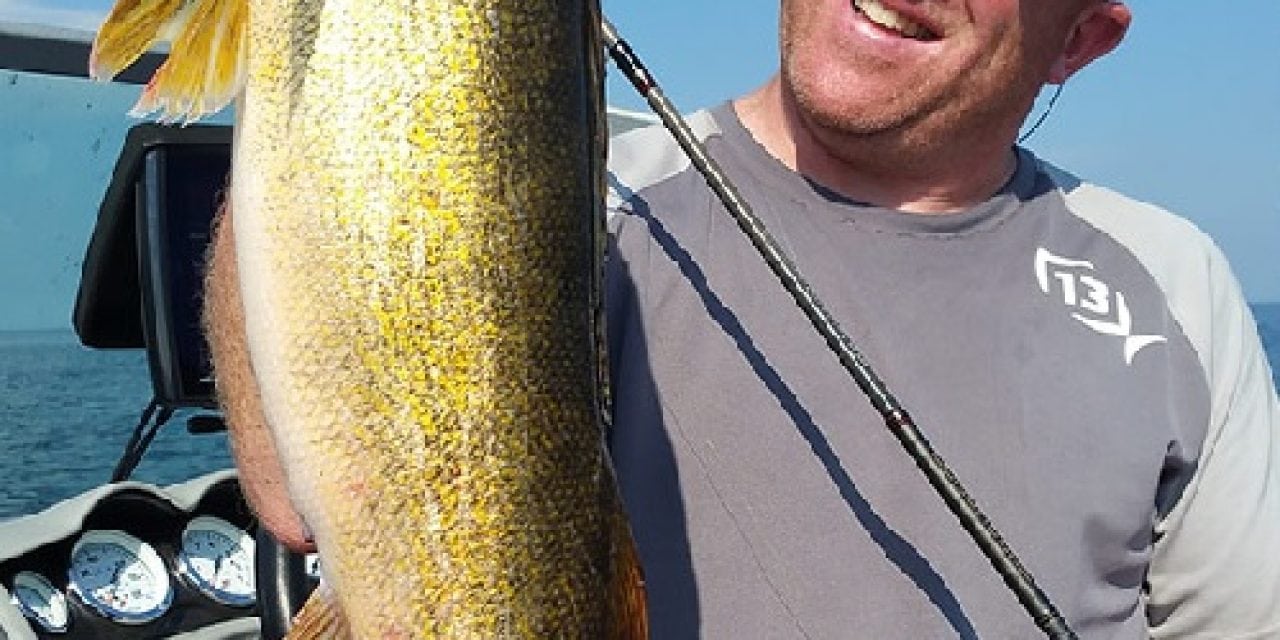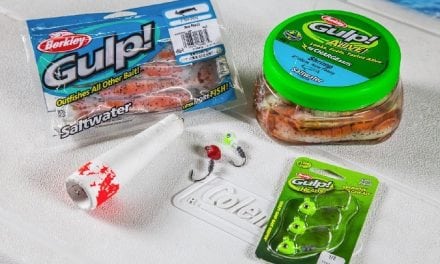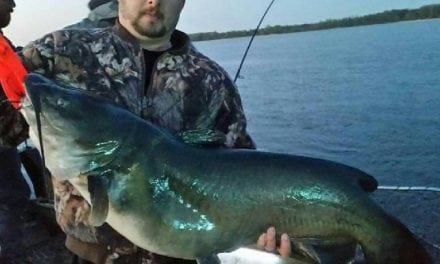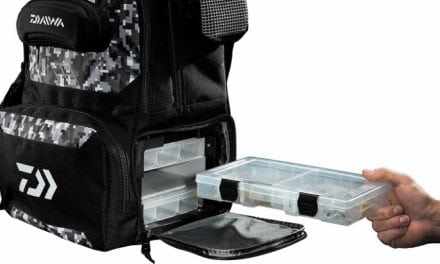 Walk the isles filled with fishing line in your favorite tackle shop and you can’t help but feel overwhelmed. Brightly-colored packaging dangles end to end on pegboard, while bulk spools stacked on top of one another fill the shelf at your feet. So many brands. So many technique-specific lines. But you only have so many reels to fill. The decision of what to spool up with is not an easy one.
Walk the isles filled with fishing line in your favorite tackle shop and you can’t help but feel overwhelmed. Brightly-colored packaging dangles end to end on pegboard, while bulk spools stacked on top of one another fill the shelf at your feet. So many brands. So many technique-specific lines. But you only have so many reels to fill. The decision of what to spool up with is not an easy one.
Of all the varieties available today, however, fluorocarbon (fluoro) creates the most intrigue. Contrary to popular belief, it’s not the newest filament on the bobbin; it’s been around since 1971, when Seaguar introduced the first fluorocarbon to fishing. During this same timeframe, though, the very monofilament lines anglers were already comfortable using began morphing into new classifications of their own; subsequently the spotlight swung away from fluoro.
It wasn’t until decades later that anglers started taking a closer look at fluorocarbon as an option. And the fish-catching results have been outstanding.
Not Your Father’s Fluoro
Modern-day engineering of fluorocarbon has produced lines much softer, yet even more abrasion resistant than earlier versions.
Case in point? A good friend of mine shared the results of his first time ever filling a spinning reel with fluoro more than a decade ago.
Long story short; all it took was a dozen blemished casts before my bud’s short-temper shown through, vulgarities spewed and every inch of line was ripped from the reel and tossed into the storage compartment. To this day, because of that initial experience, he refuses to spool fluorocarbon. Too bad as he’s missing out on catching more fish with the modernized adaptations.
“The fluorocarbon of old was nothing like it is today,” says Seaguar devotee Troy Peterson of Mr. Bluegill Guide Service. “It started out kinky, and then the colder it got, the kinkier it would get. So much so that if you were to lower a lightweight bait, it would have a hard time falling through the water column.
“Today’s fluoro is so soft and skinny, and that’s just two of the reasons it works so well. First, you can cast further with it. After that, it’s the finesse of the thin line that allows the bait to waft around with the water current instead of holding steadfast by thick, stiff line.”
When fishing with ultralight gear, the Winnebago, Wisconsin-based guide fills the spools of his client’s spinning reels with Seaguar’s 4-pound-test AbrazX. Being able to keep your line straight in river current or windy conditions, too, is extremely important, says Peterson. And it’s why the thin diameter of fluorocarbon is a winner. On heavier rigs, Seaguar Smackdown braid fills his spools, with fluorocarbon leaders tied to the business end via either a uni-to-uni knot or surgeon’s knot.
The first thing anglers hear about fluorocarbon is its invisibility. But is inconspicuousness what really makes a fish bite a bait tied to it? After all, some walleye pros tie their jigs directly to brightly-colored superline and catch plenty of fish, even in ultra-clear water. And while fluorocarbon is not quite 100% invisible, it does remain a less visible option than other line choices.
But with that said, Peterson has done side-by-side mono to fluoro comparisons, and states the catch rate is double when using fluorocarbon leaders.
What needs to be understood is fluoro is much denser than mono. So instead of floating, which in turn can impede the action of many lures, fluoro’s near-neutral buoyancy allows lures to run where they should, and with all the action the manufacturer designed into them. And baits that fall slowly do so more naturally, while fanning side to side with the current or waves. And fluorocarbon’s compactness makes it the perfect choice for vertical presentations like vertical jigging, slip-bobber fishing or live-bait rigging.
The stretch of fluorocarbon, overall, is less than the rubber band-like qualities of monofilament, but much more forgiving than superline. This particular “give” allows a lure that’s been swiped at but missed to hesitate just enough that a fish may come back for a second smack. Anglers who use A-rigs, for example, find they catch many more fish when using fluorocarbon over other types of line because it has the perfect amount of elasticity and the baits waver when a fish strikes but fails to connect. Don’t stop reeling when you feel the initial hit; just let the line do the hesitating for you.
Professional angler Pete Maina is known for his prowess when it comes to catching muskies and northern pike. And he favors fluorocarbon leaders over steel, not just because it’s a stealthier tooth-proof link between the lure and main line, but it’s actually easier on the fish, especially those caught while trolling.
“When the water’s cold, below 40 degrees, muskies almost always start rolling when they get tired,” states Maina. “The long, steel leaders I used to use had a tendency to cut up a fish, as well remove the protective slime if you weren’t really careful with it. That just isn’t the case when using fluorocarbon leaders.”
When trolling, Maina’s preferred leader is a hand-tied 8-foot-long Seaguar AbrazX Muskie/Pike Leader of 80- or 100-pound-test, which he ties directly to 65-pound-test Smackdown with a reverse Albright knot.
“Fluorocarbon has just the right about of stretch to it that it’s a shock absorber when a big fish hits, but it’s not so stretchy that you get poor hook sets,” adds Maina. “And then even after rolling up in the line they can be returned to the lake unharmed.”
When casting, his leaders are heavier, with 130-pound-test AbrazX Muskie/Pike Leader his go to. But they are no longer than 14 inches because anything more and figure-8’s can’t be made properly.
Carbon Overview
Fluorocarbon is unlike any other line on the market. If it’s like monofilament and it’s not like braid then what is it? Well, its properties make it the perfect line for fooling fish because of its density, thinness and stealth. And most of all, it’s not the same fluoro of yesteryear; it’s softer, thinner more abrasion resistant than ever before. Who knows, I might even be able to convince my buddy to give it another cast.
By Mitch Eeagan – An outdoor writer who lives off the land and water within the mosquito-filled cedar swamps of Michigan’s Upper Peninsula.
The post Fluorocarbon Fishing Line Fundamentals appeared first on ODU Magazine-North America's #1 Digital Fishing Magazine.
















